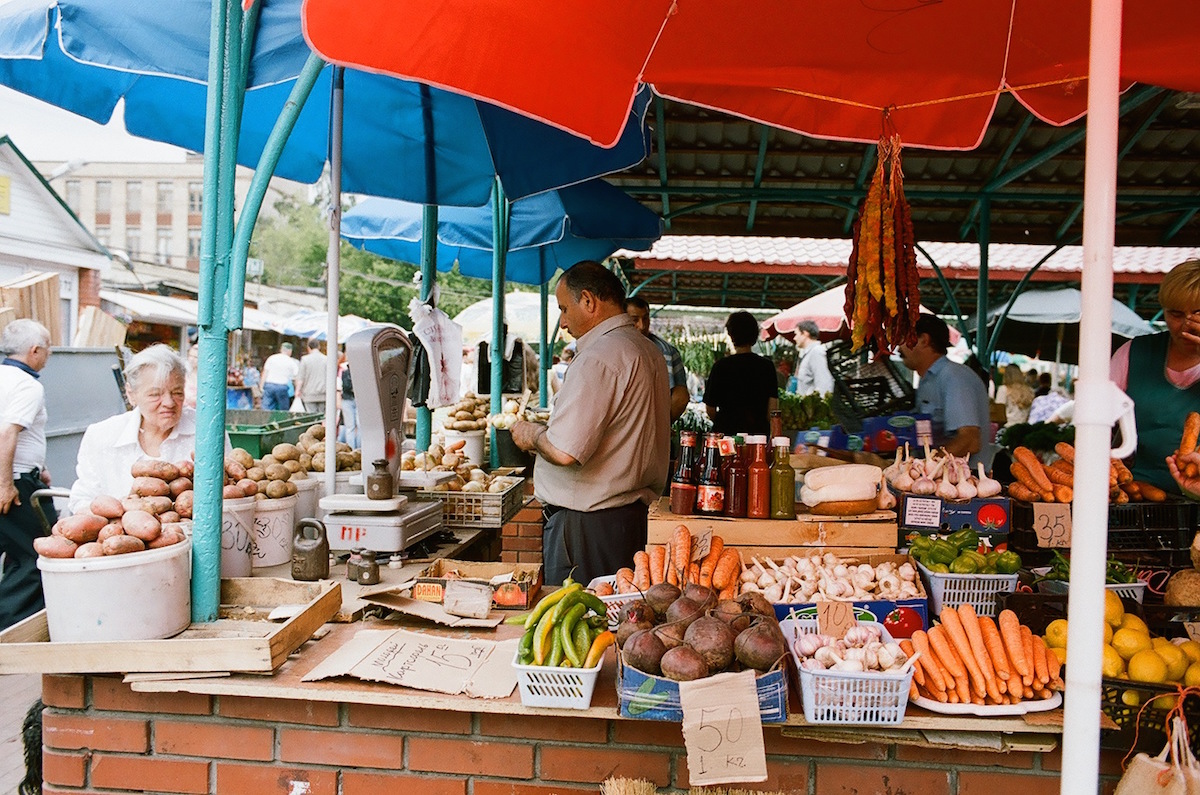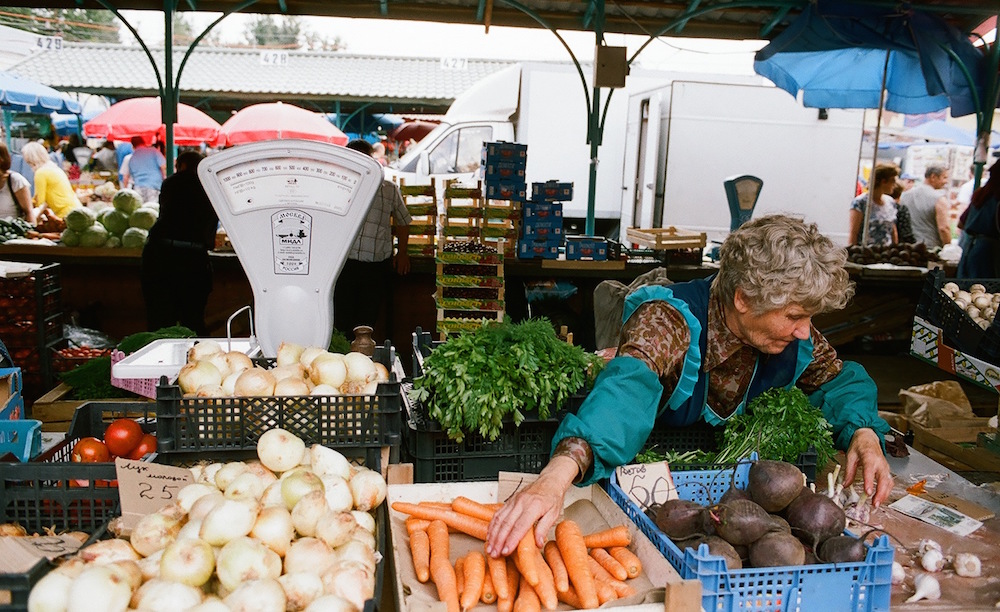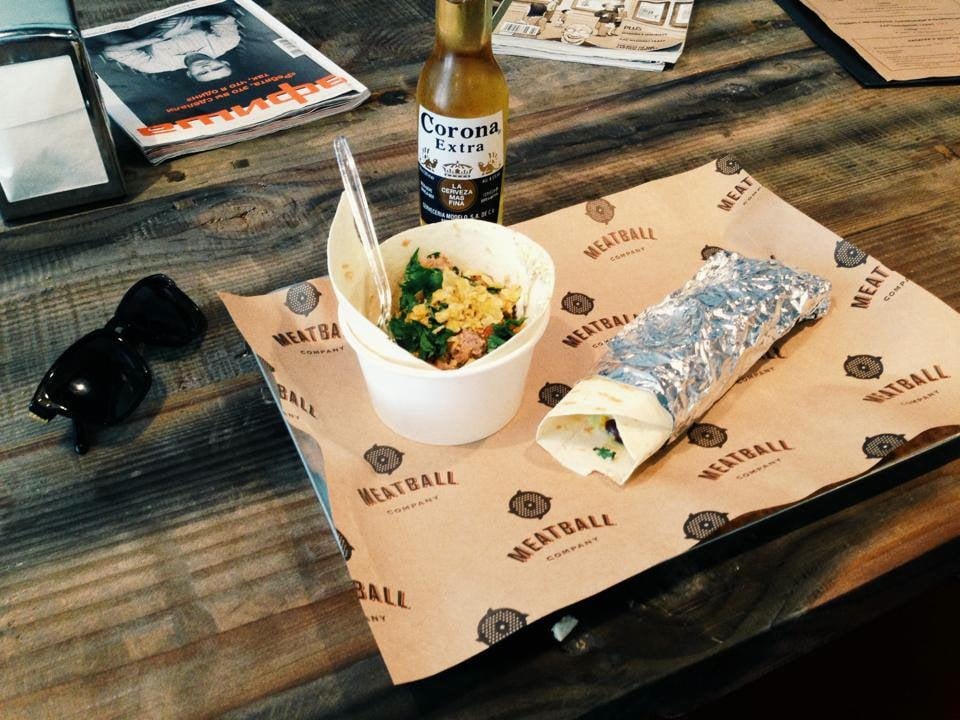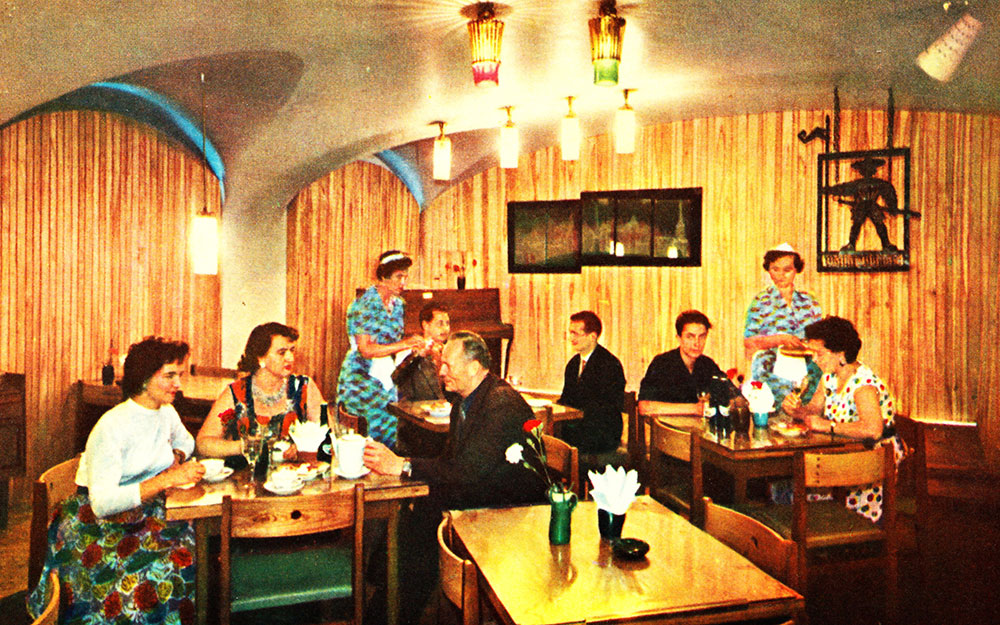The dos and don’ts of Russian food: get up to speed ahead of this summer’s World Cup

A trip around Russia will provide plenty of opportunity for top-class culinary exploration — if you know where to look. Follow our simple rules and you can’t go wrong
If you’re travelling to Russia for the World Cup this summer, you’ve probably already started on the essential travel reading. While the idea of navigating Russian food might seem simple — with a few recognisably “Russian” dishes that you can tick off your tourist to-do list — as everywhere you’ll be better off armed with more information on both national and more local cuisines of the cities that you’ll visit. Follow our list of the dos and don’ts needed to have the best food experience possible.
Don’t: fixate on the idea of “Russian” food
Do: dip into fast food
Bigger cities have a variety of cafes and restaurants to seduce you into a diet of flat whites and avocado toast — which is wonderful, but don’t rob yourself of the wonderfully greasy Russian fast food experience. The chain called Teremok is your best bet as you can find it in almost all towns and the menus are more or less uniform, serving blini stuffed with sweet and savoury fillings and traditional soups, salads and main courses. Soviet-style canteens are also an option if you’re more adventurous: try the pirozhki, or hand pies, which are available in most places, plus the traditional “olivier”, the Russian potato salad (although remember, unlike the Turkish version of the same salad, in Russia it almost always contains meat). If you’re vegetarian or vegan, look out for “lent” dishes.
Don’t: try kholodets
Do: eat your weight in sirki
Don’t: miss out on snacks
If you’re into snacking (who isn’t?) then don’t just stick to crisps when you’re in Russia. First of all, you can get a variety of croutons flavoured with just about anything — from bacon, garlic and cheese to olives and herbs. The classic snack croutons are made with rye bread but there are now white and baguette croutons widely available too. It’s easy to get lost in the aisle when faced with a choice of tens of varieties with descriptions in Russian — the pictures on the packets are rather obvious, however. Even the meat-flavoured varieties are usually vegetarian as there is almost no real food (except bread) that goes into the production of this delightful snack. Dried fish and squid are also a popular beer accompaniment choice, with vobla, or Caspian roach, being the most classic choice. If you need crisps, go for the limited edition Russian flavours: dill, dill pickle and caviar. Unhealthy but delicious.
Do: be vigilant about dill

Dill is a sacred herb in Russia that gets sprinkled on just about anything, from traditional Russian food (fair enough) to four cheese pizza (a more controversial move). The ideal advice is sit down in advance and figure out for yourself if you can deal (pun intended) with unexpected dill, and if the answer is no then always be ready to tell your waiter or whoever is making your food the age-old “I’m allergic” lie — and don’t assume that just because you’re in a Chinese, Indian or Italian restaurant that you’re safe. You’re never safe from dill.
Don’t: leave without trying local alcohol
Try craft beer bars in Moscow, St Petersburg and Yekaterinburg, or get closer to the people and buy some Russian beers from a store: you might recognise Baltika, originally from St Petersburg, or Khamovniki, named after a district in Moscow, which is a stellar choice bottled in Soviet retro chic bottles. If you’re into the stronger stuff, you should definitely give the small-batch homemade infusions a go. They are usually made with store-bought or ready-made liquor — mainly vodka, gin, rum, brandy and whisky — and various additions like berries, fruit, herbs and spices, left to soak and lend their taste and smell to the alcohol. Cranberry and sea-buckthorn vodka are the classic choices, and brings you closer to reaching your five-a-day goal.
Do: go to a market

If you’re looking to try good local food, the local market is obviously going to be one of your first choices. While the vegetables in Russian markets are usually significantly more expensive (and of higher quality) than in the supermarkets, and mostly imported from warmer post-Soviet countries, you might want to splurge. But the real reason to visit is the dairy isle, where you’ll be able to get your hands on some of the freshest cottage cheese and sour cream — eat them together with sugar and berries. For immediate lunching you can also explore the endless possibilities of the Russian tradition of flavoured cottage cheeses, ready-made with a variety of fruits and jams, plus sweets from Georgia. Some markets also have bakery stalls, but the place to be is the Central Asian bread stand if your market of choice has one: endless cheese flatbreads are guaranteed.

